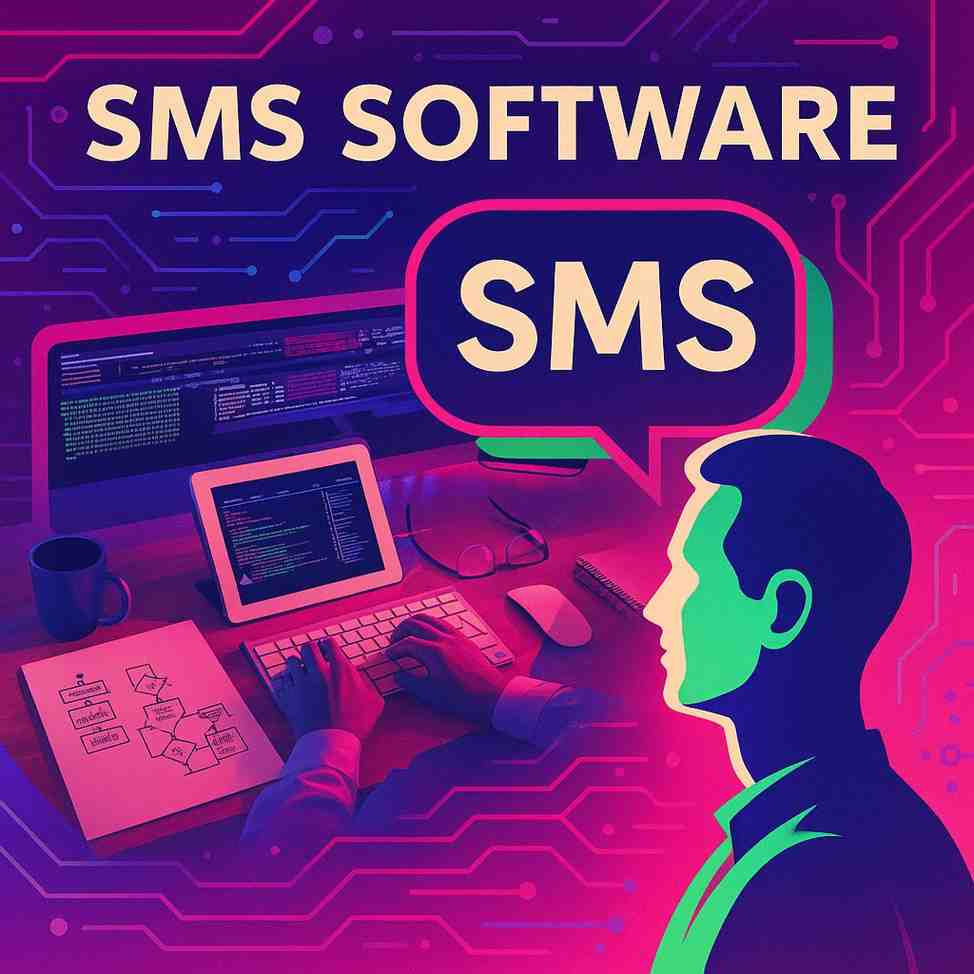The Ins and Outs of SMS Gateways: A Comprehensive Guide to How They Work
- techtonetworks
- Aug 8, 2024
- 3 min read
Updated: May 22

Let’s be honest—when was the last time you thought about how a text message actually gets delivered? Probably never, unless you’re in the messaging industry or you’ve wondered why your OTPs take their sweet time. Well, buckle up, because we’re about to break it down in a way that won’t put you to sleep!
How SMS Gateways Work (And Why You Should Care)
1. Message Submission: The Grand Kickoff
The moment you hit “send,” your SMS doesn’t just magically appear on someone’s phone. Your message takes a scenic route through an SMS gateway. This gateway is like a highly efficient postal worker, making sure your text gets where it needs to go. You can send messages via APIs, email-to-SMS gateways, or even good ol’ web interfaces.
2. Message Formatting: The Translation Phase
Not all texts are created equal. Some messages need special encoding (think GSM 7-bit, Unicode, or binary) so they don’t turn into weird symbols on the recipient’s phone. The SMS gateway ensures your message arrives in a readable format, no matter what type of phone the recipient has. No one wants to receive a garbled mess instead of “Happy Birthday!”
3. Recipient Lookup: Playing Detective
Before your message can reach the recipient, the gateway needs to know where to send it. It does a quick lookup to figure out which mobile network the phone number belongs to. Think of it as Google Maps for text messages—your SMS won’t reach its destination without the correct route.
4. Routing and Delivery: Navigating the Mobile Highway
Now that the recipient’s network is identified, your message is sent through different communication protocols like SMPP (Short Message Peer-to-Peer) or HTTP. If the first route fails, the gateway will try a backup route to ensure your message gets delivered. It’s like trying different roads when there’s traffic on your usual route home.
5. Delivery Confirmation: The Status Update
Once your SMS is delivered (or not), the gateway gets a status report from the recipient’s network. This report includes statuses like “delivered,” “failed,” “pending,” or “expired.” Ever sent a text and wondered why the person isn’t replying? Maybe it’s still “pending” somewhere in SMS limbo!
6. Error Handling: The Fixer
Not all messages make it through on the first try. Maybe the recipient’s phone is off, or there’s a network issue. The SMS gateway steps in to retry delivery, switch routes, or queue the message until conditions improve. It’s like a determined delivery guy who won’t give up on bringing you your pizza, no matter how many wrong addresses he tries first.
7. Logging and Monitoring: Keeping an Eye on Things
Every text you send is logged for auditing and troubleshooting. Businesses, in particular, love this feature because it helps track delivery performance and catch any issues. It’s like having a detailed receipt for every text message you send.
Conclusion: Why SMS Gateways Are the Unsung Heroes of Messaging
Next time you get an OTP in seconds or an important alert from your bank, take a moment to appreciate the SMS gateway making it all happen. These behind-the-scenes systems ensure your messages get where they need to go—quickly, efficiently, and (mostly) without fail. And now, the next time someone complains about a delayed text, you can wow them with your insider knowledge! And if you’re looking for a reliable partner in SMS communication, Techto Networks has you covered with top-notch solutions to keep your messages flowing seamlessly.



Very Good BULK SMS, WHATSAPP and RCS Services, Easy Set up, Fast On boarding, User Friendly and Economical